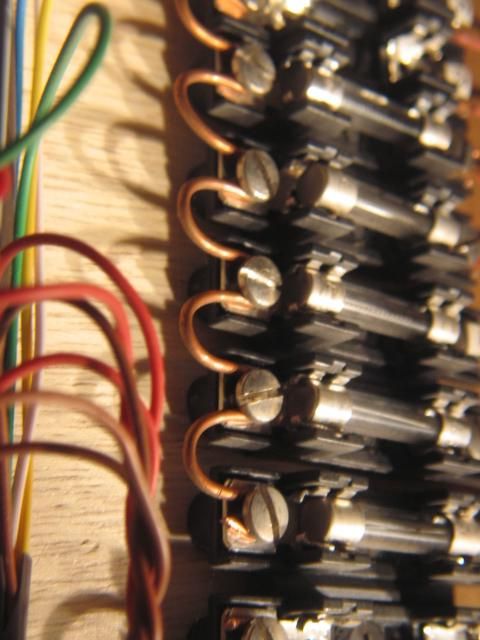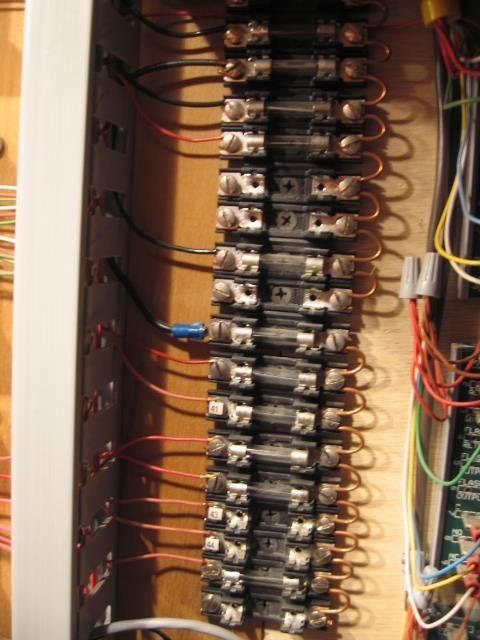I have a modest size layout and am starting to add electricity to my buildings, stations, etc. I have already added electric to my lighted engine house (Atlas....I added the miniature lights inside), the MTH station plus 5 extra station platforms, a yard building (small) and a double track cross over people bridge with 8 tiny lights that I added! Today, I wired in one of my "cities' which consists of 7 MTH buildings, some with add on floors. After about 2 or 3 minutes of seeing everything lit, the circuit breaker trips. If I take the city buildings out of the circuit, everything remains on. Apparently I have reached the capacity of the transformer auxiliary power. (I am using the 14V tap for everything except the wired bridge which uses the 10V tap) I know that changing over to LED lighting would probably solve the problem, but I prefer to leave that alone and add another transformer for running the electricity to my cities. (I still have another city to wire!)
What is a recommended power supply for just adding power to operate cities and accessories. I run convention, and don't plan on adding DCS or whatever. Thank you in advance for your assistance.


















